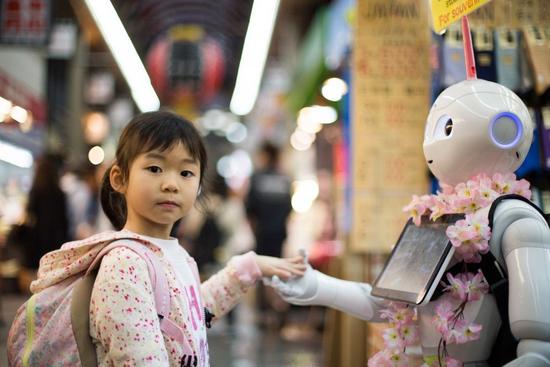The robot soon became self-aware. Experts: first have subconscious
This article is produced by NetEase Smart Studio (public number smartman 163). Focus on AI and read the next big era! [NetEase Smart News November 1st] While current technology still falls short of creating conscious machines, recent advances in neuroscience are offering intriguing insights into how we might one day build machines with a form of awareness. The question of whether artificial systems can ever possess consciousness has become a central topic in both science and technology. In a groundbreaking paper published in *Science*, three neuroscientists, led by Stanislas Dehaene from the French Academy of Sciences, explored the concept of consciousness in depth. Their work aimed to understand what it would take for machines to develop a form of awareness. According to their research, human consciousness can be categorized into three levels, but modern AI systems have only managed to replicate one so far. The first level is the subconscious, which accounts for most of our brain’s activity. This includes tasks like instinctively recognizing faces or making quick decisions in a game of chess without consciously thinking about them. Researchers say this kind of unconscious processing is similar to what current AI systems do—like face recognition algorithms used by DeepMind or Face++. True self-awareness, however, involves two more complex layers. One is the ability to integrate multiple thoughts and make them accessible across different parts of the brain, enabling long-term planning and decision-making. The other is the capacity to reflect on past experiences and assess information critically. These forms of awareness remain beyond the reach of today's AI systems. Despite this, some breakthroughs are emerging in these areas. For instance, DeepMind recently developed a deep learning system that can retain and use data during its reasoning process—an important step toward global information integration. Meanwhile, Ian Goodfellow’s adversarial neural networks, known as GANs, are designed to evaluate the authenticity of generated data, moving closer to self-assessment and even self-awareness. Though these developments are still early, they suggest a path toward machines that could behave in ways resembling human consciousness. Researchers believe that if machines are equipped with more advanced features, they might begin to "see" and "understand" their environment, express confidence in their judgments, and even generate perceptions or illusions, much like humans do. Stay tuned to the latest AI trends by following the NetEase Smart Studio public account (smartman163) for in-depth reports and insights into the future of artificial intelligence. Display Screen,Display Screen Lcd Advertising,Display Screen Indoor,Display Screen Lcd ESEN HK LIMITED , https://www.esenlcd.com